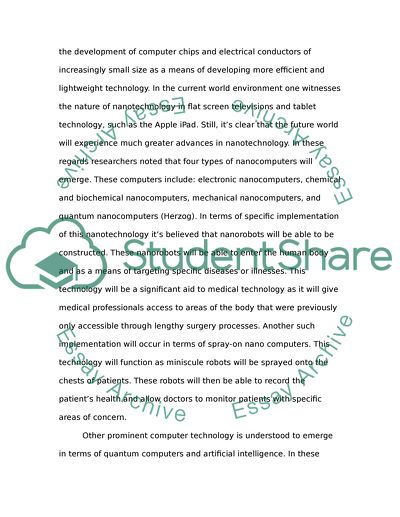Cite this document
(“Technology of the future Research Paper Example | Topics and Well Written Essays - 3000 words”, n.d.)
Retrieved de https://studentshare.org/information-technology/1392608-technology-of-the-future
Retrieved de https://studentshare.org/information-technology/1392608-technology-of-the-future
(Technology of the Future Research Paper Example | Topics and Well Written Essays - 3000 Words)
https://studentshare.org/information-technology/1392608-technology-of-the-future.
https://studentshare.org/information-technology/1392608-technology-of-the-future.
“Technology of the Future Research Paper Example | Topics and Well Written Essays - 3000 Words”, n.d. https://studentshare.org/information-technology/1392608-technology-of-the-future.


